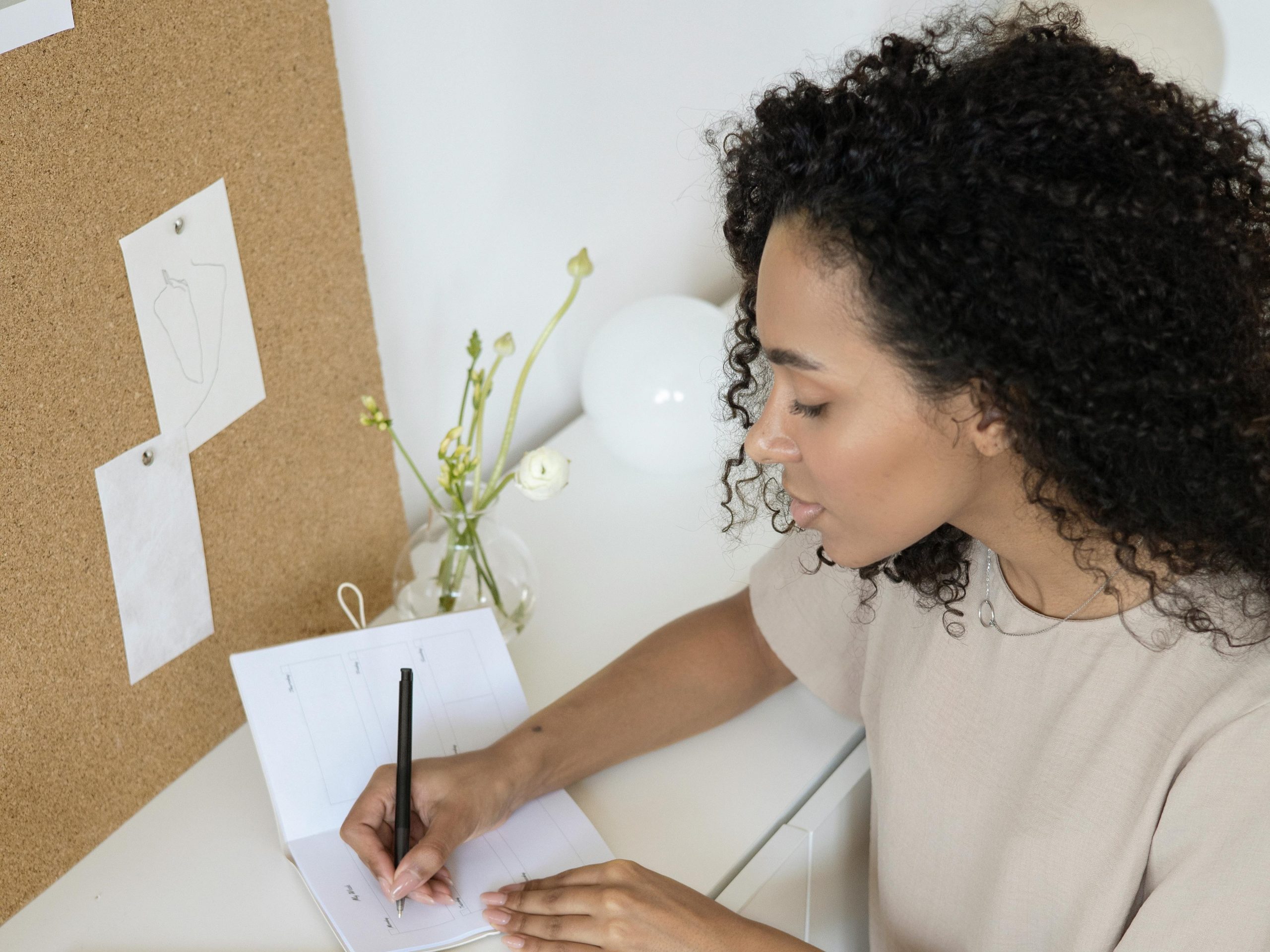Read Time: 3 minutes
In the busy world of personal assistance, finding a balance between work and personal life can be difficult. Personal assistants (PAs) often find themselves working in high stress environments, juggling multiple tasks, and catering to taxing schedules. However, amidst the hustle and bustle, PAs must make time for their well-being to avoid burnout. In this article, we will explore ways to find work-life balance in a role that can often feel all-consuming.
Set Boundaries
One of the most important ways to maintain work-life balance as a personal assistant is setting boundaries. This includes having clear rules for when work begins and ends, as well as making time for yourself. Communicate these with your employer or clients to ensure they respect your hours off. Remember, setting boundaries isn’t selfish—it’s necessary to keep your mental and physical health at its best.
Prioritise Tasks to Optimise Work-Life Balance
As a personal assistant, it is easy to get overwhelmed by the sheer volume of tasks on your plate. To avoid burnout, schedule your tasks based on urgency and importance. Consider using tools or techniques such as Eisenhower’s Urgent/Important Principle to categorise tasks and focus on what truly matters. By planning your work tasks, you will not only increase productivity but will also create space for work-life balance.
Delegate and Outsource
While personal assistants are known for their ability to multitask, it is important to recognize when to delegate or outsource tasks. This is a key aspect of having a work-life balance as a personal assistant. Do not wait to ask for help from colleagues or outsource tasks that fall outside your expertise. Knowing when to ask for help from others is a strength, not a weakness in this job. Delegating tasks not only reduces your amount of work but also fosters a sense of team bonding and collaboration.
Schedule Downtime for Work-Life Balance
In the busy schedule of a personal assistant, downtime is often a low priority. However, scheduling regular breaks and leisure activities is necessary for recharging your batteries and preventing burnout. Whether it’s a short walk during the afternoon or a weekend getaway, make time for activities that give energy to your mind and body. Remember, relaxation isn’t a luxury—it’s a necessity for staying at peak performance.
Practise Self-Care
Work-life balance goes beyond random acts of self-care; it’s about prioritising your well-being on a daily basis. Make time for activities that promote physical and mental health, such as exercise, meditation, or hobbies you enjoy. Additionally, ensure you get a good amount of sleep each night and maintain a healthy diet. By investing in self-care, you’ll enhance your ability to cope with stress and increase your overall satisfaction with life.
Communicate Effectively
Effective communication is key to managing expectations and avoiding misunderstandings in your role as a personal assistant. Keep an open line of communication with your employer or clients regarding workload, deadlines, and any challenges you may face. Be honest about your work-life balance limitations and don’t hesitate to change priorities if necessary. By having clear communication, you will create a supportive work environment that values your well-being.
Can a Personal Assistant Achieve Work-Life Balance?
Achieving work-life balance as a personal assistant requires effort and commitment. PAs can avoid burnout and thrive in their roles by setting boundaries, prioritising tasks, delegating responsibilities, scheduling downtime, practising self-care, and communicating effectively. Remember, finding harmony between work and personal life isn’t a one-time achievement—it is an ongoing journey that requires mindfulness and self-awareness. By prioritising your well-being, you’ll not only excel in your profession but also live a better life outside of work.
GET IN TOUCH
Send an Enquiry
-
Essential Tremor: Symptoms and Treatments
Essential tremor: symptoms and treatments. Tremors and involuntary movements are caused by specific pathologies that modify our routine activities, such as drinking a glass of water or tying our laces. The most frequent pathologies are: Parkinson’s disease, essential tremor or tremor produced by the consumption of drugs. Tremor, which we can suffer as a result…
-
Normal, high, low and unbalanced blood pressure in senior citizens
What is blood pressure? Blood pressure in senior citizens. Blood pressure, or arterial pressure, refers to the force that blood exerts when circulating inside the arteries. This force allows oxygen and different nutrients to be transported throughout the body. In this article, Nomenial finds out more: There are two types of blood pressure: Systolic blood…
-
Acute and Chronic Renal Failure: Symptoms, Prognosis and Treatment
What is kidney failure? Kidney failure is a condition caused by the inability of the kidneys to adequately filter out toxins and other waste substances. One of the main functions of the kidneys is to purify the body. They do this by filtering the blood that reaches the kidneys. The blood contains toxic substances that…







